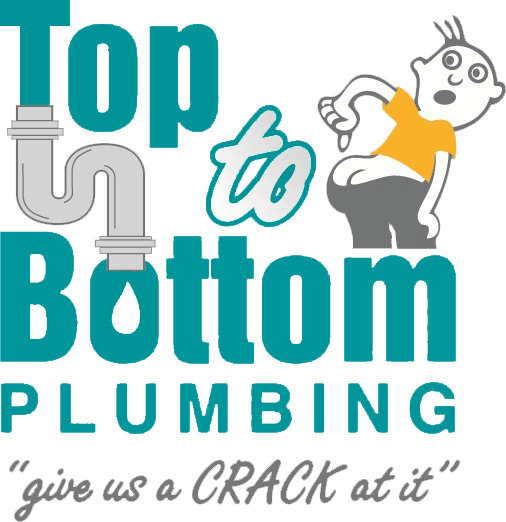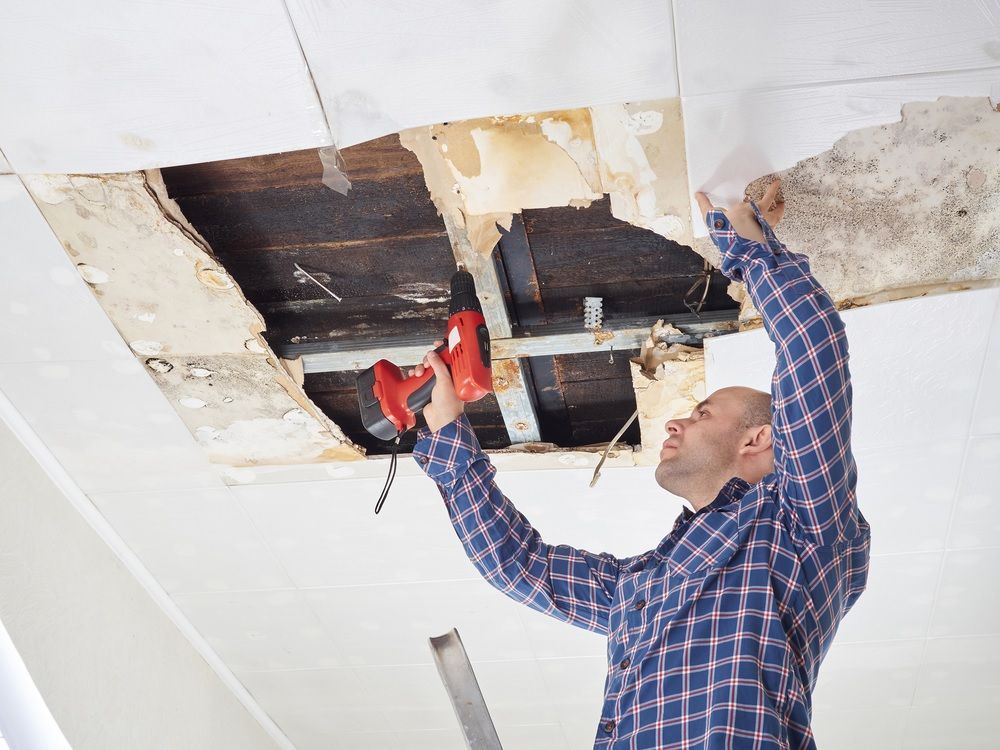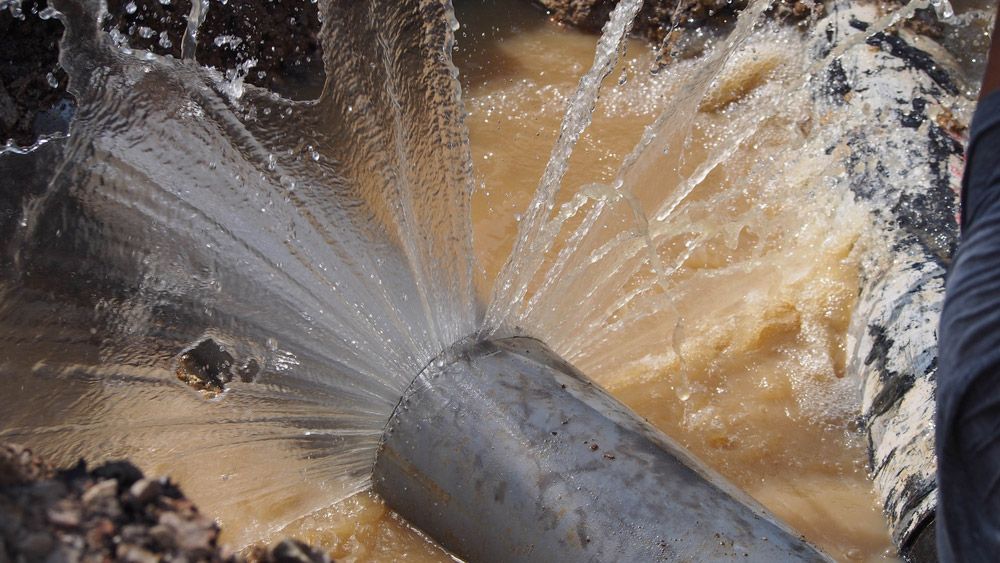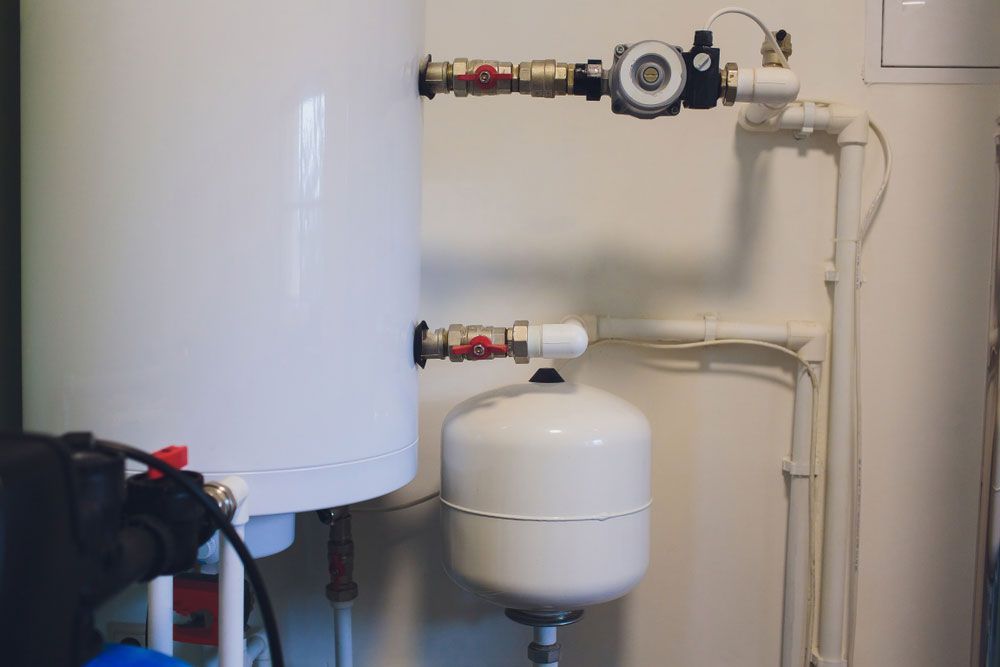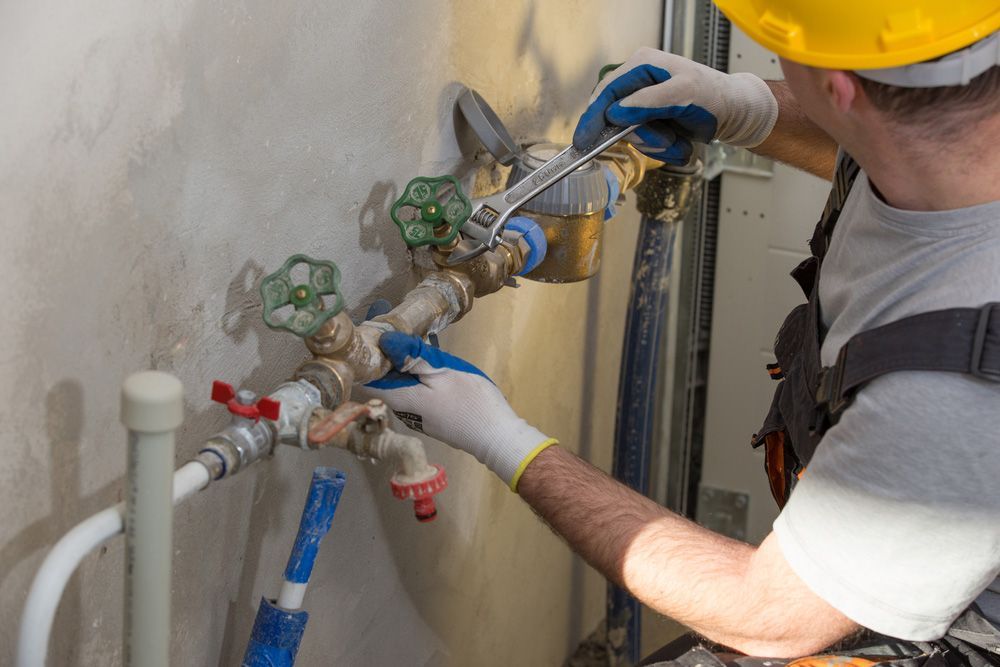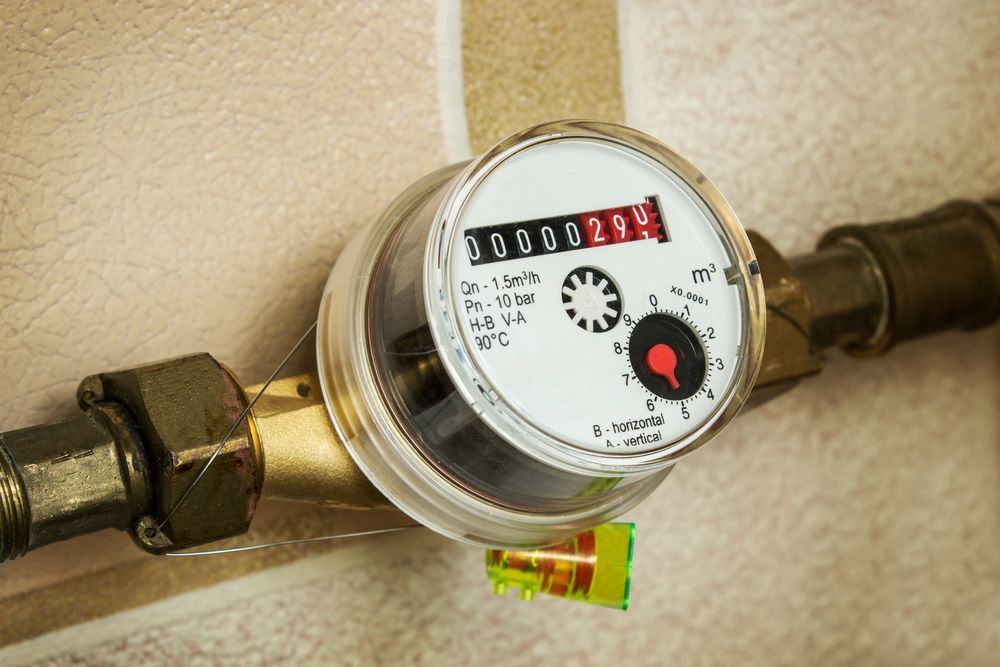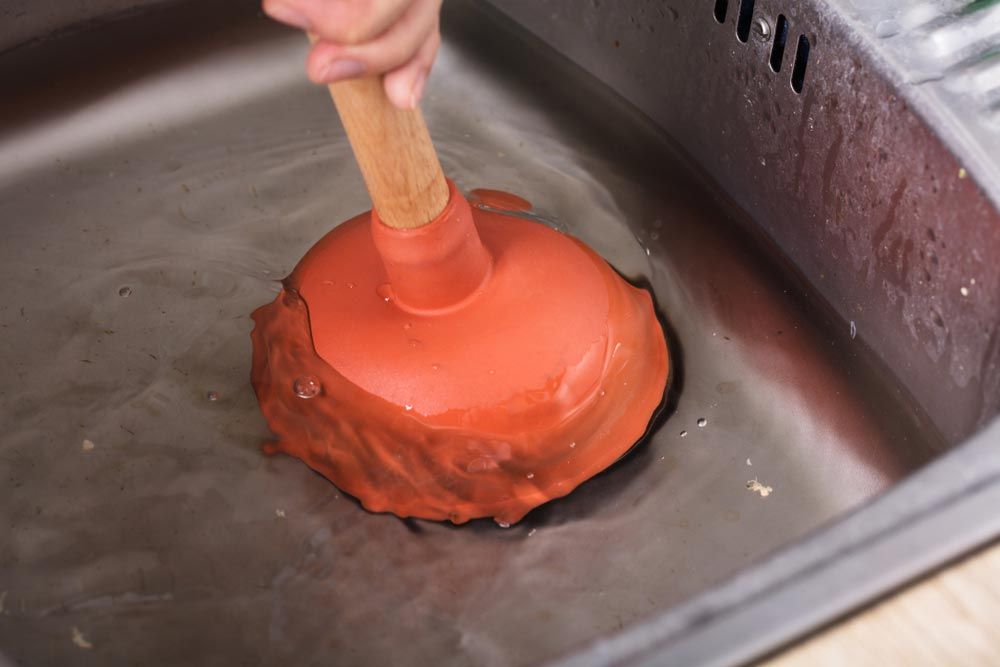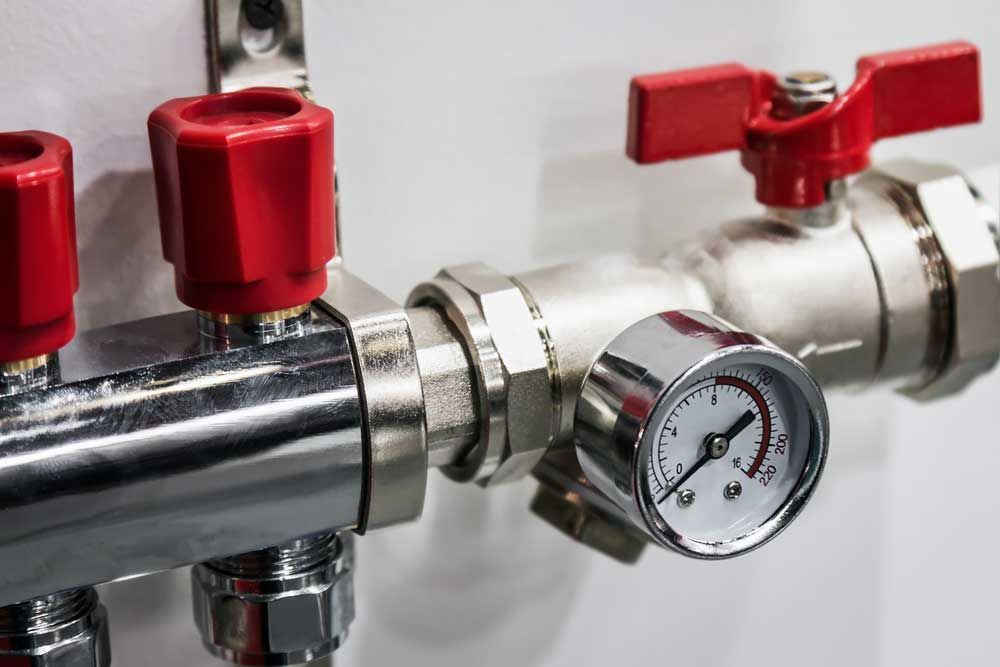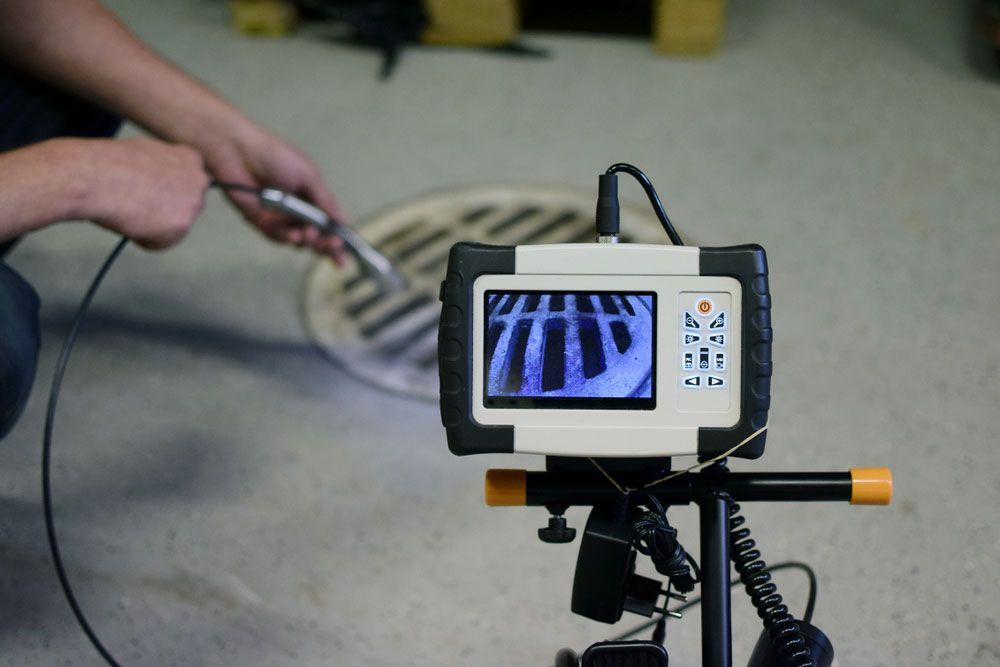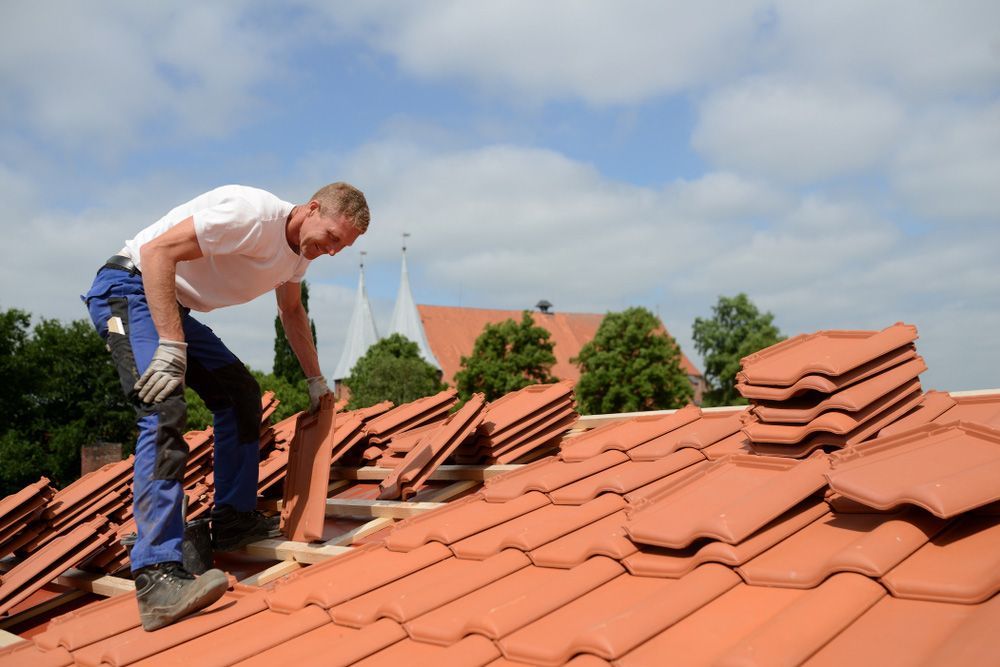What's The Best Type of Hot Water System for My Home?
Everybody knows how important it is to have a reliable, effective hot water system for heating water in the home.
Hot water is important in drinking, cooking and cleaning and the type of system we use to heat our water can significantly affect our energy bills.
There is no single best answer when it comes to which kind of hot water system is best for your home; all have their own pros and cons. Let's take a look at four of the most common hot water systems used across Australia and why you might consider each one.
Table of contents:
- Standard Electric
- Pros of Standard Electric
- Cons of Standard Electric
- Stainless Steel Electric
- Pros of Stainless Steel Electric
- Cons of Stainless Steel Electric
- Solar Hot Water
- Pros of Solar Hot Water
- Cons of Solar Hot Water
- Heat Pumps
- Pros of Heat Pumps
- Cons of Heat Pumps
- Which Hot Water System is Right for Me?
Standard Electric
Electric hot water heating works by connecting your electricity supply to the tank; this provides instant hot water and a continuous supply through a series of pipes.
Standard electric hot water is one of the most common systems in Australia, so the cost of installation is usually lower than other systems and it has low ongoing costs for energy.
+ Pros of Standard Electric
- Low upfront costs
- Easy installation
- Reliable hot water heating
- Cost-effective off-peak heating
− Cons of Standard Electric
- High running costs
- Higher greenhouse gas emissions
This system is great if you have a lot of storage space or an unlimited water supply, but it can't handle colder climates without costing more money to heat up enough water. Standard electric is often recommended for customers looking to avoid high upfront costs.
Stainless Steel Electric
Another option is stainless steel electric hot water. Stainless steel electric water heating systems are more efficient than standard electricity but they can cost more to install.
+ Pros of Stainless Steel Electric
- Versatility in colder climates
- Corrosion resistance, making tanks longer-lasting
- Easy installation
- Reliable hot water heating all year round
− Cons of Stainless Steel Electric
- More expensive to install than standard electric hot water systems
- Still not as energy efficient as solar hot water and heat pumps
These systems are perfect for families who use a lot of hot water or for people with a restricted budget as they have lower energy costs than other types of systems. They are generally seen as an upgrade to standard electric systems.
Solar Hot Water
In areas that get enough sunlight - and Townsville is definitely one of these - solar hot water might be an ideal choice due to its low running costs. Solar power can be used to directly heat water using the sun's rays.
+ Pros of Solar Hot Water
- Extremely low running costs
- Eco-friendly hot water heating
- Potential opportunity for rebates and other government incentives
− Cons of Solar Hot Water
- Costly to install
- Time-consuming to install
- May be unreliable on overcast days
For homeowners who prioritise reducing their carbon footprint and can afford the upfront costs of installing solar panels, solar hot water is a great option.
Heat Pumps
A heat pump is a device that draws in air from the outside and transfers the heat into the water tank, so it can be seen as both an air conditioner and a heater all-in-one. Heat pumps are relatively expensive upfront, but they may make sense for those who need frequent heating or cooling throughout the year.
+ Pros of Heat Pumps
- Much higher efficiency compared to standard electric heaters
- Potential to take advantage of government rebates
− Cons of Heat Pumps
- Usually need to be installed outside for ventilation
- Heat pump compressors can be noisy
- Can be unreliable
- Heat pumps can be expensive to service and maintain
Heat pumps are a great eco-friendly option in hot but overcast climates where solar panels may be less effective, though they aren't ideal for families or households with tight budgets as they can be unreliable and expensive to maintain.
Which Hot Water System is Right for Me?
Hopefully, this guide has made it a little easier to understand the differences between the four major hot water heating systems used in Australia today.
If you want more help deciding on the right hot water system for your home, call
07 4779 7722
to get in touch with us at
Top to Bottom Plumbing to find out more.
Other Articles You'll Like
Site Links
Contact
QBCC: 1305866
ABN 47600955619
Trading Hours
24h Emergency Service Available
- Monday
- -
- Tuesday
- -
- Wednesday
- -
- Thursday
- -
- Friday
- -
- Saturday
- Closed
- Sunday
- Closed
